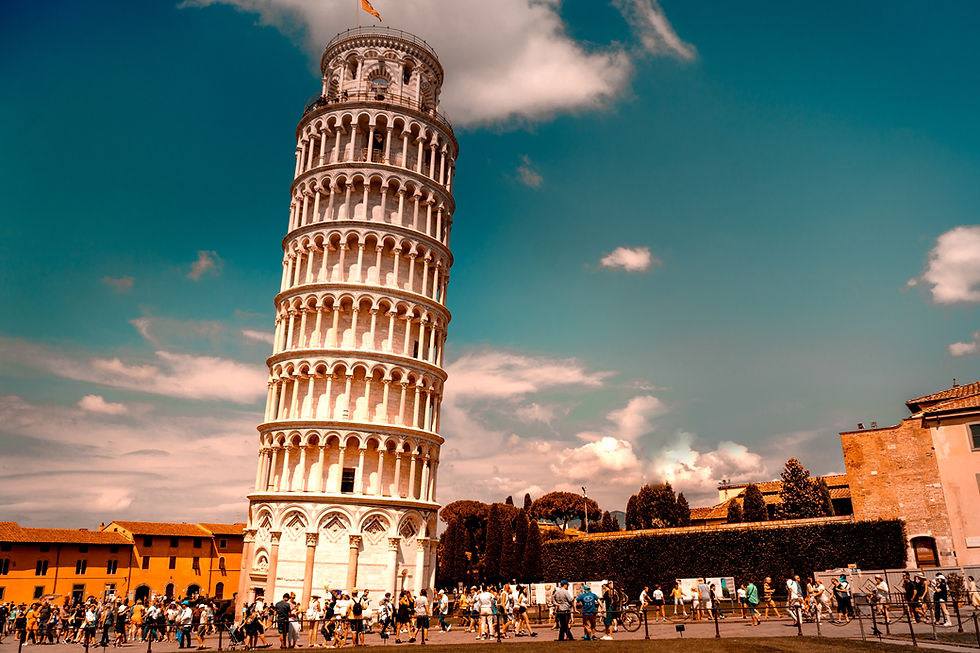Italy is the most beautiful country in the world and that is not a secret… Italy is also commonly referred to as “il Bel Paese” (“the Beautiful Country”).
But what makes Italy so beautiful is the art and beauty that encompass our surroundings and daily lives, such as monuments, museums and architecture that beautify every corner of our cities and towns.
From North to South, below are 5 Italian monuments you should really visit at least once. Never stop dreaming and start planning your trip now!
Milan Cathedral (Duomo di Milano)
The majestic cathedral is situated in the heart of the city. Built in marble and famous for its pinnacles, this cathedral is dedicated to the Nativity of St Mary, whose golden statue stands out on the very top. It took several centuries to finish this masterpiece. Construction started in the Lombardo gothic style in 1386 and was finished in the 20th century. Several styles of architecture influenced the church and it is possible to enjoy the most beautiful panoramic view from the top.

Rialto Bridge (Ponte di Rialto)
The area surrounding Venice was always very important for the trade of the Republic of Venice, renowned as a link between the East and the West. To facilitate trade, in the 12th century the first bridge was built in-between the two shores of the Canal Grande, the main water passage in the city. When the trades increased and subsequently also the traffic, the floating bridge was then replaced by a wooden one that was open to the traffic of sailing boats. In the 16th century Antonio da Ponte won the bid to build the current stone bridge with just one arch, that was much criticized by contemporary architects.

Leaning Tower (Torre di Pisa)
The tower is the symbol of Pisa (and Italy abroad). Built as the campanile of the cathedral, it is leaning because the soil collapsed while it was being built (12th- 14th century). According to the legend, in the 16th century the scientist Galileo Galilei threw from the tower two spheres of equal size but different weight to measure the speed of fall of a body.

The Colosseum (il Colosseo)
The Colosseum is the biggest Roman Amphitheater and it testifies the profound intelligence of the Romans. It was used mainly for fights between Gladiators or fights between animals and men. The shows were a response to the “strong” taste of the audience. In fact, the battles usually ended up in a lot of blood for the amusement of the spectators. The emperor and the Roman people could decide about the life or death of the fighters, who were often mere prisoners trained to fight. With the win they could obtain freedom and sometimes even Roman citizenship. The word Colosseum comes from the huge statue of the emperor Nero that is located nearby known as the Colossus of Nero.

Concordia Temple of Agrigento (Tempio della Concordia di Agrigento)
In the archaeological area of the Valley of the Temples the remains of Akragas, one of the most important ancient Greek colonies in Sicily, are still there. In this archeological site the Concordia Temple stands out for its beauty. It was built in Doric style around 430 BC and is considered one of the best kept ancient Greek monuments to this day.


Comments